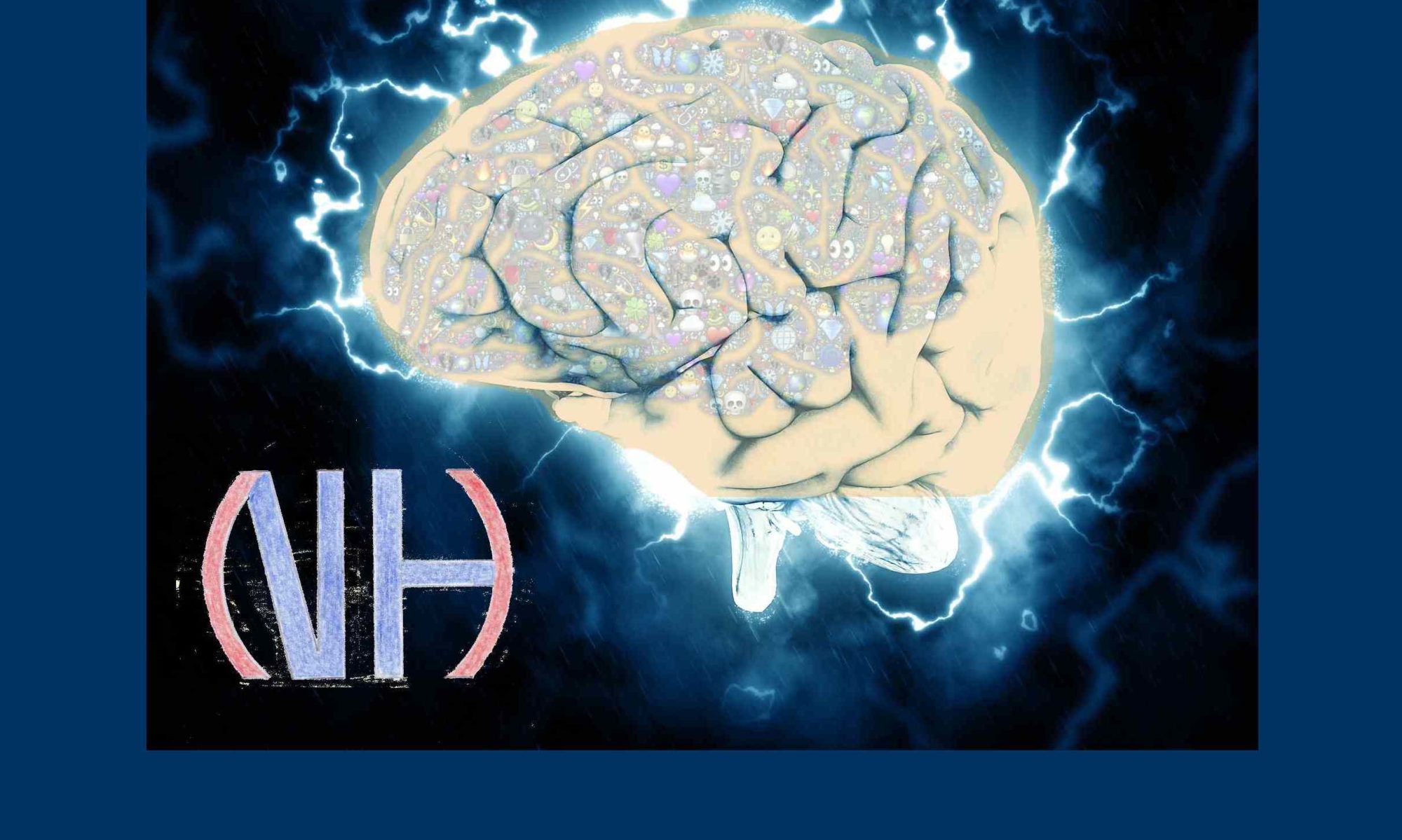
They added particles to 47 samples of lung, liver, spleen and kidney tissue obtained from a tissue bank established to study neurodegenerative diseases. Their results showed that the microplastics could be detected in every sample.
The scientists, whose work is being presented at a meeting of the American Chemical Society on Monday, said their technique would enable other researchers to determine contamination levels in human organs around the world.
“We never want to be alarmist, but it is concerning that these non-biodegradable materials that are present everywhere [may] enter and accumulate in human tissues, and we don’t know the possible health effects,” said Varun Kelkar of Arizona State University, part of the research team.
Microplastics are those less than 5mm in diameter and nanoplastics have a diameter of less than 0.001mm. Both form largely from the abrasion of larger pieces of plastic dumped into the environment. Research in wildlife and laboratory animals has linked exposure to tiny plastics to infertility, inflammation and cancer.
Article on The Guardian.









